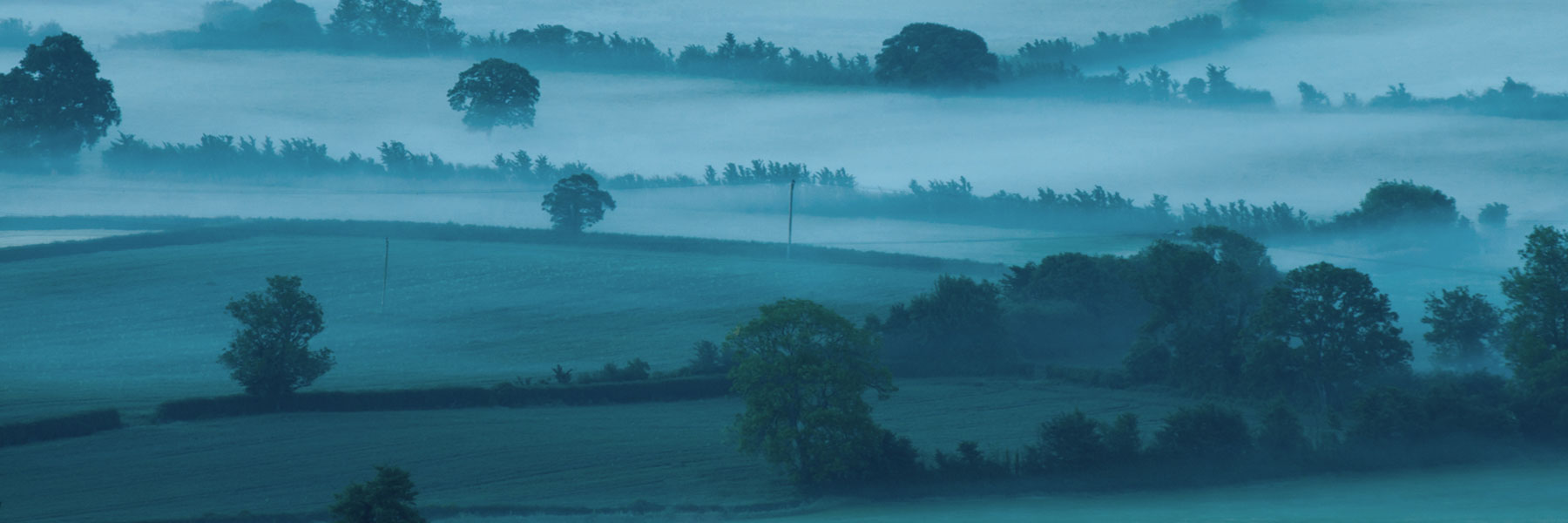Attacked by a cow while out walking – what are your legal rights?
As many of us who enjoy walking in the countryside know, cows can sometimes be unpredictable animals. Most of the time, they will look up with indifference then carry on grazing as walkers stroll through their fields - but every now and again, they will attack and it seems these incidents are on the rise.
According to the Health and Safety Executive (HSE), in the last 15 years, a total of 74 people have been killed by cows; the majority (56) were farm workers but the remaining 18 were members of the public and 17 of these were walking dogs at the time.
Although it is often assumed that dogs are far more likely to inflict injury than cows, in fact, the NHS reported that 17 fatalities were caused by dogs in the last eight years, making the statistical risk of being killed by a cow significantly higher.
Recent incidents reported in 2017 alone include:
- November: A woman attacked by a highland cow airlifted to hospital in Derbyshire;
- October: A woman from Darlington was left fighting for her life after a cow broke through a fence onto a rural lane;
- September: A man suffered a broken wrist, rib and shin injures after a cow charged at him on open moorland near Tavistock in Devon;
- July: A woman suffered broken ribs and a punctured lung after being trampled by eight cows in Derbyshire.
Wiltshire farmer fined
Last December, a Wiltshire farmer was fined after two members of the public were attacked and injured, one fatally, by cows in a field.
A court in Swindon heard evidence that Mike and John Porter were walking their dogs on a public footpath through a field in Bradford on Avon when about 30 cattle surrounded them and repeatedly trampled university professor Mike. He managed to scramble out of the field but collapsed later and died from internal bleeding.
An investigation into the incident by the HSE found the farmer, 83-year-old Brian Godwin, had not put in place adequate safety measures to protect members of the public using footpaths through his fields from his cattle.
There had been several previous incidents in which people were attacked by cattle on Mr Godwin's farm including a dog walker who suffered a broken neck. He had been told to install segregating fencing or warning signs and although he had made some improvements, they were considered inadequate.
After pleading guilty to a breach of Section 3(2) of the Health and Safety at Work Act 1974, Mr Godwin was given a 12-month prison sentence suspended for two years. He was also ordered to pay £30,000 in Court costs.
What protection does the Law give?
The Occupiers Liability Acts 1957 and 1984 provide that the "occupier" of premises owes a duty to take such care as is reasonable in the circumstances to see a visitor will be reasonably safe in using the premises for which he is permitted to be there.
Therefore, a landowner is under a duty to ensure that those who walk across their fields where livestock graze, are reasonably safe. The Animals Act 1971 provides further protection; in certain circumstances the keeper (invariably the owner) of an animal can be held strictly liable for the damage done by their animal.
The Health & Safety at Work Act 1974 and other employment legislation impose upon employers a duty to ensure the reasonable safety of employees (and in some cases the self-employed). Clearly this assists those whose work may bring them into contact with animals.
And Section 59 of the Wildlife and Countryside Act 1981 bans bulls of recognised dairy breeds (including Ayrshire, Friesian, Holstein and Jersey bulls) from being at large in fields crossed by public rights of way in all circumstances.
As in the case of Mr Godwin (above), criminal proceedings can be brought against someone whose animal has caused injury or damage. However, probably of greater relevance to those injured will be a civil claim against the occupier of the land or keeper of the animal or the injured party's employer for compensation for the injuries, losses and expenses suffered.
How can walkers keep themselves safe from cows?
The National Farmers Union, which says walkers must be "most aware of issues" in the countryside, offers the following advice:
- Cattle, especially young stock, are inquisitive and will often follow walkers. But it is cows, who feel naturally very protective of their calves, that can be more than inquisitive;
- Do not panic if you are followed, walk calmly and quickly away from the herd;
- If you are walking with your family dog on a footpath and find that there are cattle on the path, avoid going straight through them;
- Take a wide detour and walk calmly around the animals with your dog on a lead
- Do not walk between a cow and her calf;
- If the cattle move towards you and you feel threatened by them, release your dog from the lead and move quickly, but calmly, to safety.


